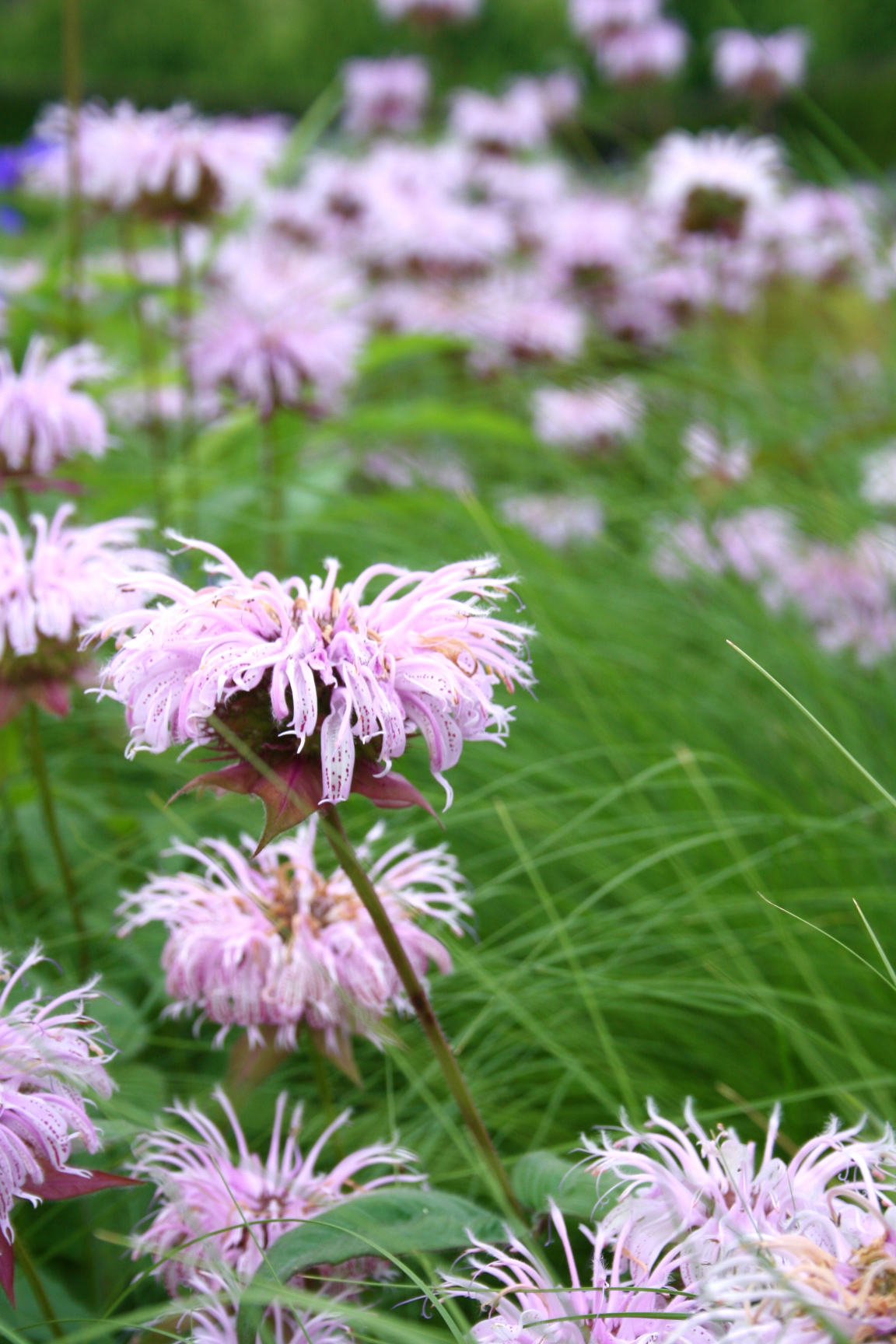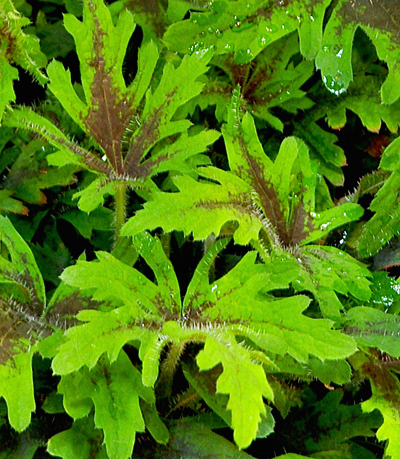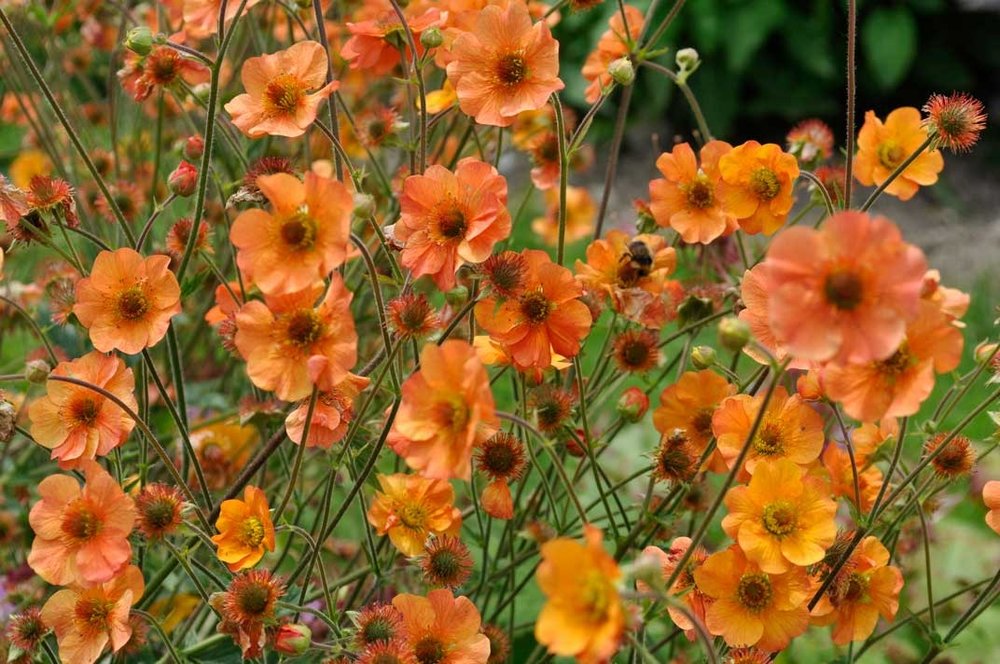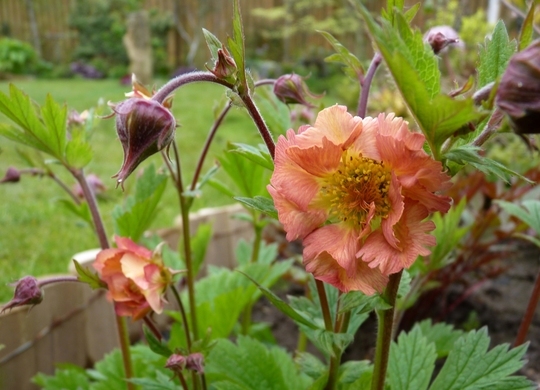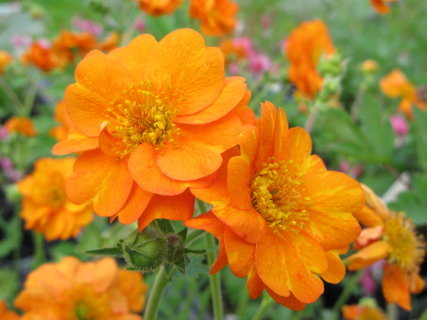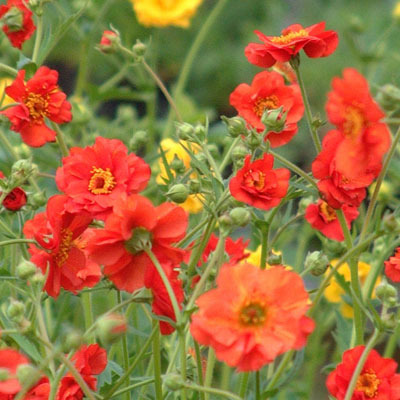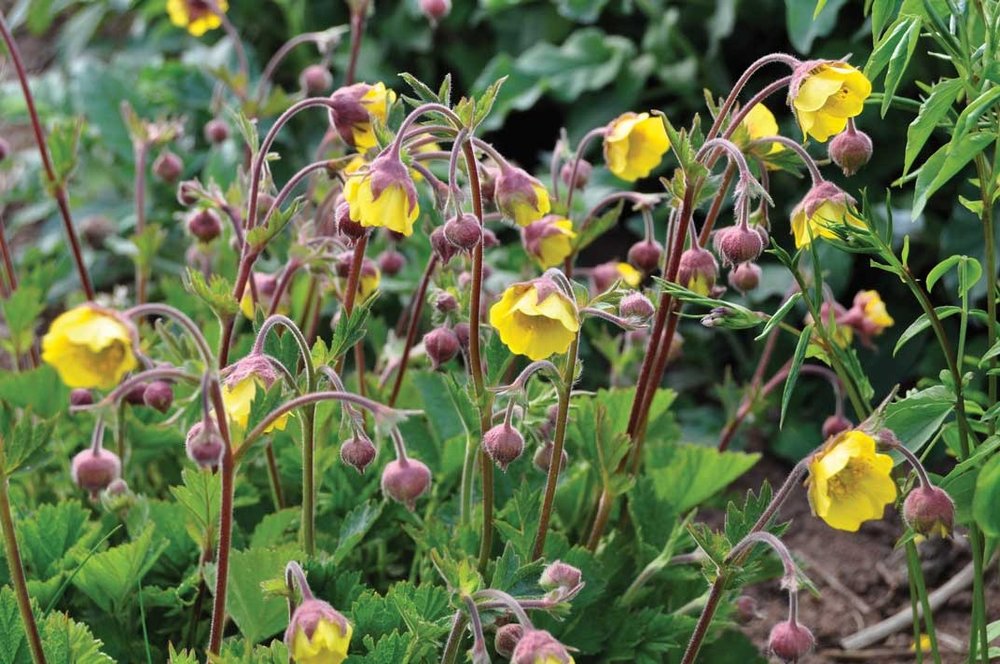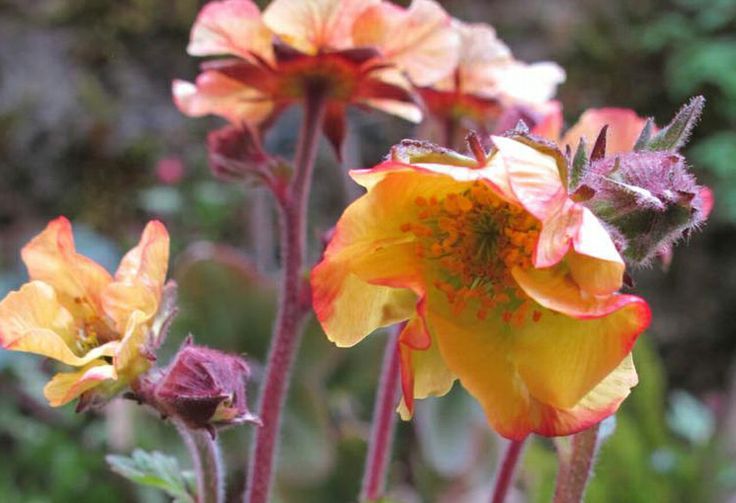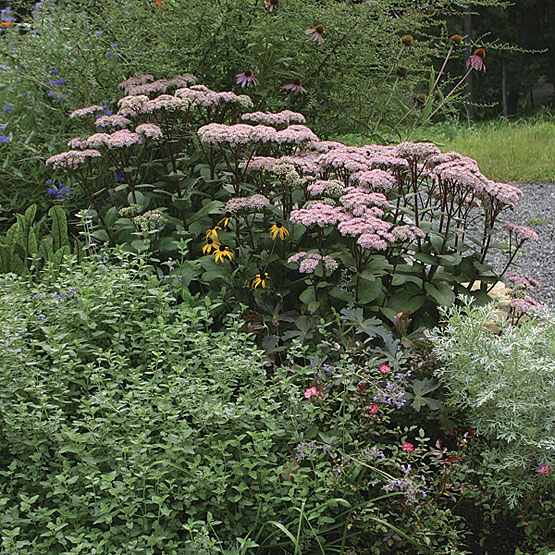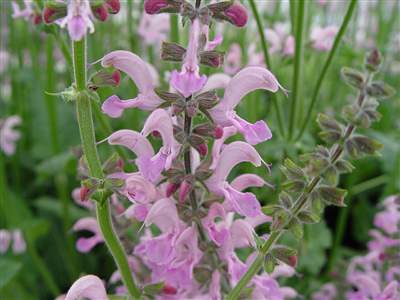Pierre Benerup, CEO of Sunny Border Nurseries is the person who came up with the idea of selling perennials in containers! Up till then perennials were sold mostly as bare root plants. Like other perennial garden "greats" we know, like Piet Oudolf and Roy Diblik, Bennerup has a passion for plants and a wealth of hands-on learning. He also had a solid background in sales and marketing, which is how he decided to plant in containers - it was sheer practicality.
In the early 1970s, perennial plants were primarily sold bareroot. Wholesale growers such as Walters Gardens in Zeeland, Michigan, and Springbrook Gardens in Mentor, Ohio, grew hundreds of acres of perennials in sandy soils and shipped nationwide to mail-order firms. In turn, the firms put their inventory into coolers until it was time to ship in spring and fall. Perennials such as moss phlox (Phlox subulata) and evergreen candytuft (Iberis sempervirens) were field-dug, thrown into two-quart wooden baskets, and placed on sale in retail nurseries, but few other perennials had the durability to withstand that kind of rough handling.
In the '50s and '60s, Sunny Border had converted a large part of its operation to field-grown production of yews (Taxus media) in order to meet the huge demand for foundation plantings created by the boom in home construction following World War II. The soil in that area of Connecticut is a clay loam, ideal for producing balled-and-burlapped yews, but not for perennials, which couldn't be dug after rains as quickly and easily as they could in the sandy soils of Bennerup's bigger competitors.
With the market for perennials expanding in the 1970s, Bennerup needed to come up with a solution. It was at this point that he decided to take the digging out of the equation and grow plants in pots.
As a wholesale nursery, Sunny Border sells to independent garden centers and directly to landscapers. Bennerup's guiding philosophy is that foliage-not flowers-is the key to successful gardens and landscapes. He elucidated this in the letter he wrote in his 2013 catalog, under the theme "Green is a color, too." Taking issue with what he terms "lipstick landscapes," Bennerup stated,
"I believe a good perennial garden is mostly foliage-various shades of green, bronze, silver, and gold. It's soothing. It's cooling." He adds, "Flower color in the garden should be savored in small portions like dessert. Too much color causes garden obesity."
"Perennial gardening is about subtlety, form, fragrance, texture, calm, and sometimes even sound and motion; in fact, all the senses, not just sight," he says.
"I get so much enjoyment from gardening and plants," he says. "It's such a great gratification. We are connecting with the real world."
A FEW BENNERUP FAVORITES
In addition to being a fan of perennials with interesting foliage, Pierre Bennerup says his favorite plant "tends to be whatever is blooming at the moment." He does admit to affinities to certain families or genera, such as the primrose family, the ranunculus family, the genus Epimedium, the genus Hakonechloa, the genus Saxifraga, and the genus Phlox. Here are some of his favorite individual perennials, including a few introductions by Sunny Border.























